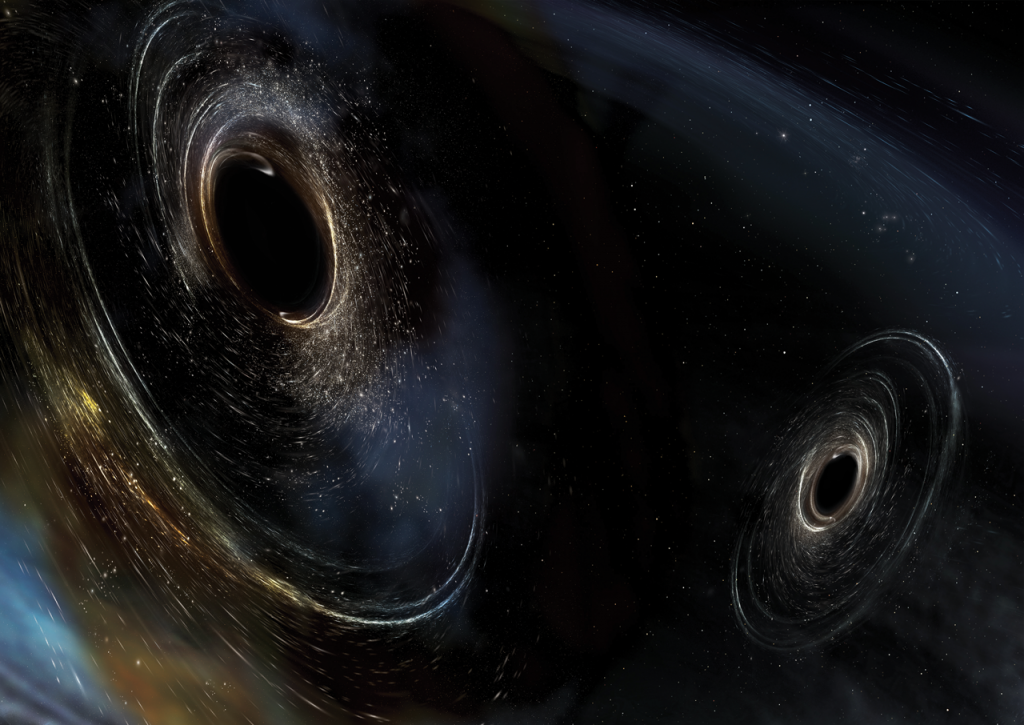By: Cynthia Madonald
19 Jul, 2018

On September 14, 2015, a postdoctoral student in Germany noticed an odd squiggle creeping across his computer screen.
It was the first sign of a gravitational wave — the result of two black holes colliding 1.3 billion light years away, releasing 50 times the energy of all the stars in the observable universe.
The collision forced the black holes to merge into one entity 62 times as massive as the sun. Powerful ripples warped the fabric of spacetime and billowed outward, much like lake water after a stone is skipped upon it. Some 50,000 years ago, these waves entered the Milky Way.
In 1916, Albert Einstein predicted the existence of gravitational waves in his general theory of relativity. But their detection only became possible in 2002, when construction of the U.S.-based Laser Interferometer Gravitational-Wave Observatory (LIGO) was finished. It took another 13 years and an international team of scientists — several of them affiliated with CIFAR — for that first wave to come into view.
Since then, LIGO has detected five more black hole collisions, as well as one between two neutron stars. Thanks to this discovery, scientists hope to gain insight into mysteries such as the rate at which the universe is expanding, how the universe structured itself into galaxies, what percentage of the universe is made of black holes and much more. Gravitational waves represent, in the words of CIFAR Senior Fellow (and member of the 2015 LIGO collaboration) Vicky Kalogera, “a revolution in astronomy.”